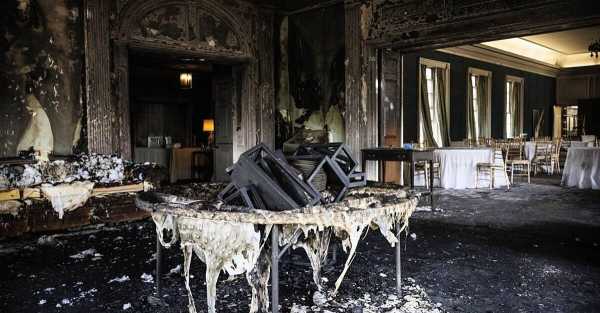The killing of a leader of Kata’ib Hezbollah continued a series of strikes in retaliation for attacks on U.S. troops in the region, including one that killed three Americans in Jordan.
- Share full articleShare free access
- xlo06v”>
- 10

Iraqis inspecting a vehicle after a deadly strike in Baghdad on Wednesday.
A U.S. retaliatory strike in the Iraqi capital on Wednesday killed a senior leader of a militia that U.S. officials blame for recent attacks on American personnel, the Pentagon said, following up on President Biden’s promise that the response to a slew of attacks by Shiite militias would continue.
The Pentagon said the man was a leader of Kata’ib Hezbollah, the militia that officials have said was responsible for the drone attack in Jordan last month that killed three American service members and injured more than 40 more.
A U.S. official said that the strike was a “dynamic” hit on the militia commander, whom American intelligence officials had been tracking for some time. A second official said the United States reserved the right to strike other Shiite militia leaders and commanders.
By Leanne Abraham
Videos from the scene showed the wreckage of a vehicle in a neighborhood of eastern Baghdad, and a nearby fire.
A senior Kata’ib Hezbollah official and Iran’s Revolutionary Guards Corps both said that two commanders had been killed in the strike. Witnesses said identification cards found nearby identified them as Arkan al-Elayawi and Abu Baqir al-Saedi.
We are having trouble retrieving the article content.
Please enable JavaScript in your browser settings.
Thank you for your patience while we verify access. If you are in Reader mode please exit and log into your Times account, or subscribe for all of The Times.
Thank you for your patience while we verify access.
Already a subscriber? Log in.
Want all of The Times? Subscribe.
SKIP ADVERTISEMENT
Source: nytimes.com



